Available Patterns: |
Total Due: |
|---|---|

Nine Patch Playground
Nine Patch Playground, 56 by 56 inches Wall hanging or Twin bed Topper and Quilt, Strip pieced, Great for beginners, ©Copyright, 2015, Pat Daniels
$10.95
|
|
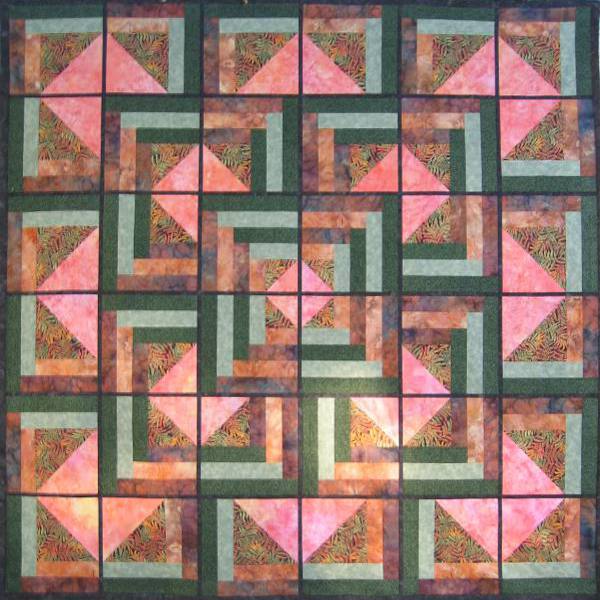
Ripples in Time
Ripples in Time, 78 by 78 inches and 90 by 95 inches, Queen Topper and Quilt, Strip pieced, Great for beginners, ©Copyright, 2015, Pat Daniels
$10.95
|
|

Icelandic Delight
Icelandic Delight Pattern, 31 by 31 inches, Miniature strip pieced, ©Copyright, 2015, Pat Daniels
$12.95
|
|
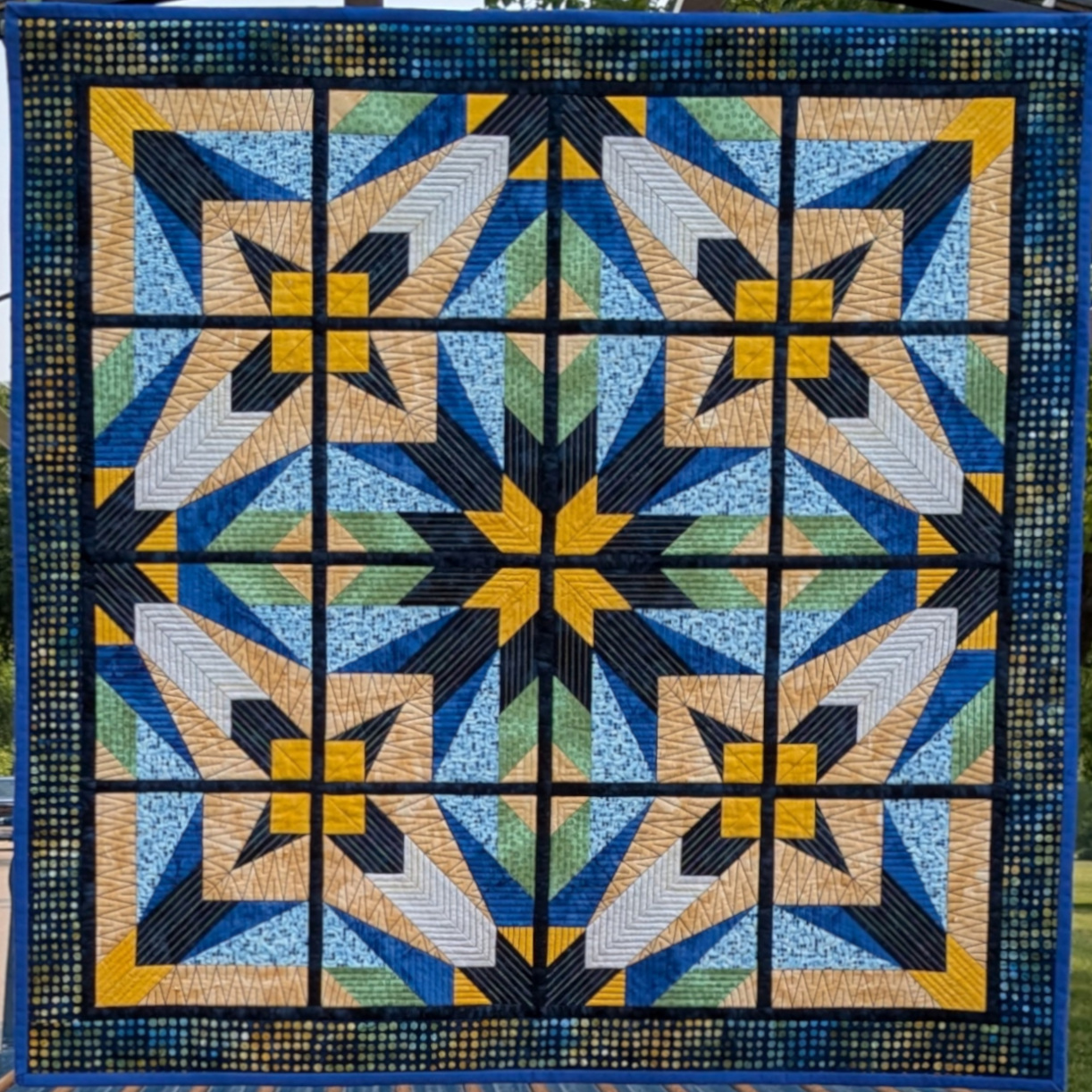
Cross Traffic
Cross Traffic Pattern, 40 by 40 inches, Foundation paper pieced, ©Copyright, 2025, Pat Daniels
$15.95
|
|
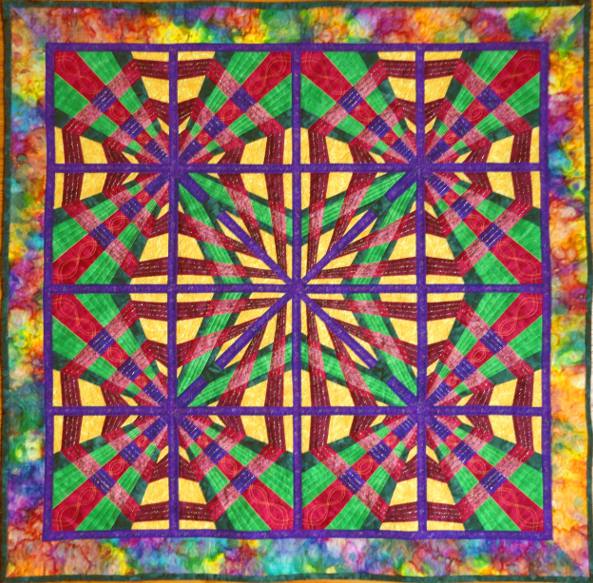
Ribbon Dance
Ribbon Dance Pattern, 40 by 40 inches, Foundation paper pieced, ©Copyright, 2025, Pat Daniels
$15.95
|
|
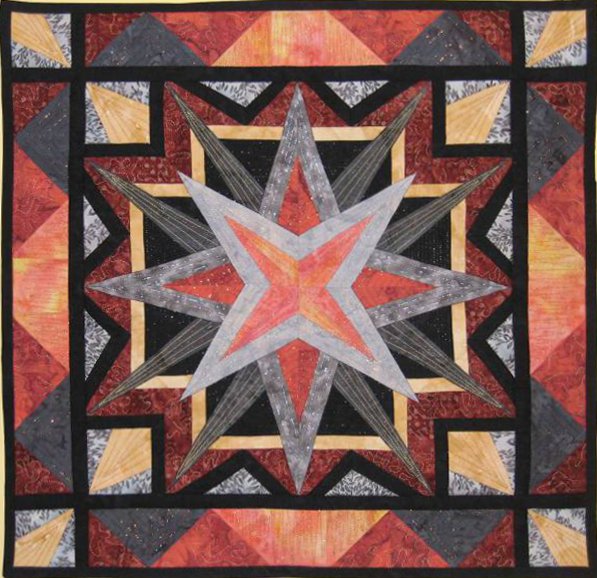
Starfire
Starfire Pattern, 21 by 21 inches, Foundation paper pieced, ©Copyright, 2015, Pat Daniels
$11.95
|
|
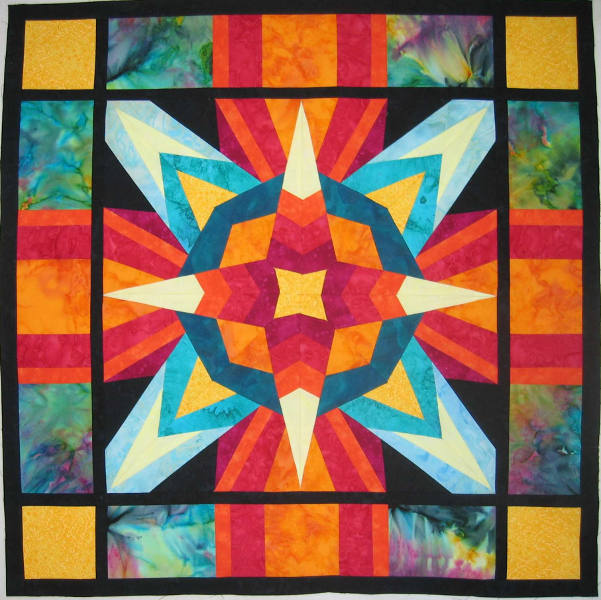
Fire and Ice
Fire and Ice Pattern, 21 by 21 inches, Foundation paper pieced, ©Copyright, 2015, Pat Daniels
$11.95
|
|

Hoarfrost
Hoarfrost Pattern, 22 by 22 inches, Foundation paper pieced, ©Copyright, 2025, Pat Daniels
$11.95
|
|
Please note:
You’ll need a PDF reader to open these documents after purchase. You can download one for free at https://get.adobe.com/reader/.
Too small a font for your computer?
If you are having trouble with the small font just press Ctrl with the + sign and you will zoom in. (Do Ctrl with the – sign to zoom out)
What’s great about these downloadable patterns
They are versatile
If you are a visually-oriented person, there are step-by-step graphics and photos. There are exploded views so that you can get it at a glance. If you are a word-oriented person, every step has a written version of the graphic.
They fully describe every aspect of the pattern
If you are a beginner, everything is explained. If it’s not in the pattern itself, you can look in the Hints and How-To’s section of this web site to fill in the gaps.
If you are looking to take the next step in skill, these patterns can help with that too. The pattern labels tell you what techniques are used to make the quilt. If you are not familiar with that technique, you can look in the Hints and How-to’s section of this site. If you are an accomplished quilter, you may find a new technique or a different slant on the usual designs.
They help avoid ufo’s (unfinished objects)
To help stimulate your imagination, there are added design suggestions in each pattern. So there is more than just the sample quilt to get you going on the final touch-ups to your work.
These patterns provide different colourways to the sample shown. As an added bonus, there are one or two quilting designs provided.
The pattern descriptions will tell you what skills you need to make them
There’s no need to guess whether you are a beginner, an intermediate, or an advanced quilter. Just look at the pattern descriptions and if you aren’t familiar with the technique required in the pattern, you can look it up on the Hints and How-To’s page of this site and teach yourself a new skill!
A whole new way to draw Foundation or Paper-piecing patterns
These patterns are designed particularly for those who have not enjoyed paper-piecing. For those that already enjoy this form of quilting – are you ever in for a surprise! These complex patterns are actually easy to make.
First of all, with all the great foundation papers that are out there, you don’t have to remove all the paper. (Not so new, but so worth mentioning)
Second, the way the foundations are labeled tells you what order to sew them and what order to assemble the foundations.
Third, there’s no wondering which foundation goes where. That information is included in the seam allowance area of the foundation.
Fourth, there are even ironing instructions in the seam allowances that prevent the huge buildup that can creep into foundation pattern seam allowances. And that, in turn, makes it easier to sew the foundations together.
Fifth, no mental gymnastics. The foundations and instructions are different from most patterns, including the fact that all of the illustrations are shown from the perspective of the printed sides of the foundations, not from the perspective of the fabric sides. This eliminates the need for mental gymnastics when you’re looking at a set of instructions—you don’t have to imagine everything in reverse, the way you do for most other patterns.
